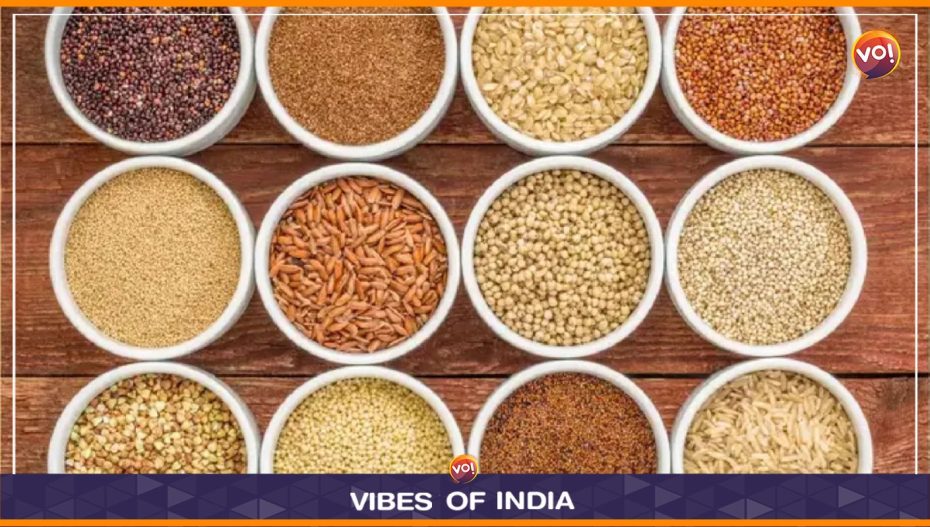The importance of millets – bajra as it’s called in Hindi—can never be undermined. But why are these starchy, protein-rich grains featuring in conversations so frequently these days?
Recently, the Border Security Force (BSF) at Sutharmandi organised a millets fair at Sutharmandi and even enlightened people about their benefits.
A business daily reminded that Finance Minister Nirmala Sitharaman, during her presentation of India’s budget, acclaimed millets as noble food.
The focus on millets isn’t surprising. Health food has become a growing imperative, given the instances of cardiac arrests in India – even youth are becoming increasingly susceptible to it – and the spectre of diabetes that hangs over India.
Rice and wheat are deemed as sugar-hastening foods. Millets, in comparison, generate glucose inside the body slowly.
Not to forget that millets are rich in fibre that helps control blood sugar levels. This cereal has a low glycemic index (GI).
Meanwhile, scientist and food expert Dr Khader Vali has cautioned against the increased use of wheat, rice, and sugar that has given rise to a host of modern diseases, denouncing the corporatisation of farming and the healthcare sector.
Condemning the corporatisation of farming and the healthcare industry, scientist and food expert Dr Khader Vali Tuesday warned against the increased use of wheat, rice and sugar that has given birth to all kinds of modern diseases.
“It is kind of ironic that in the name of patents, the seeds and rights of seeds of farmers worldwide have been taken away. We keep seeing the so-called ‘intellectuals’ participate in discussions about food security. Also, the food we are eating is not our real food.
The majority of our food these days is made of rice, wheat, and sugar, which disturbs the concentration of glucose in our bodies, which I call ‘glucose imbalance’, thickens our blood, and affects the heart and, subsequently, all the organs. Yet, no questions are asked anywhere in the world regarding its ill effects on human health and exponential growth of modern diseases,” Dr Vali, a recipient of Padma Shri and Krushiratna awards, fondly called The Millet Man of India, mentioned during a talk titled ‘Discovering the Millet Way to Good Health’ organised at the Indian Institute of Technology Gandhinagar (IITGN).
Talking about the science of millets, Dr Vali said, “Humans used to eat various kinds of grains/millets available in their vicinity for thousands of years, which used to grow through seeds of more than 800 types of grasses grown even in less fertile lands. Yet, they were much stronger and healthier.”
He added that one kg of this millet can be grown with only 150 litres of water in comparison to growing one kg of rice which consumes about 8,000 litres of water. “This same huge amount of water can produce about 30 kgs of rice. Moreover, each kg of millet can feed ten people, while one kg of rice can feed only five,” he explained.
On the millets’ health attributes, he added, “Many modern/lifestyle diseases that have increased over time are the results of the food choices we made in the last 100 years and the unnecessary use of medicines. These diseases were not there earlier because humans ate millet, which keeps our blood thin so that it reaches easily in all organs of the body. Its rich natural fibre content helps mitochondria burn unnecessary glucose; and ultimately, our gut microbes provide more immunity against infections. For a healthy body, the detox has to happen daily for every cell. Hence, millets become a wonderful weapon in your blood to wipe out all kinds of diseases.”
Also Read: Bumble Unveils ‘UnMasqueing’ Trend: Indians Embrace Authenticity in Dating











